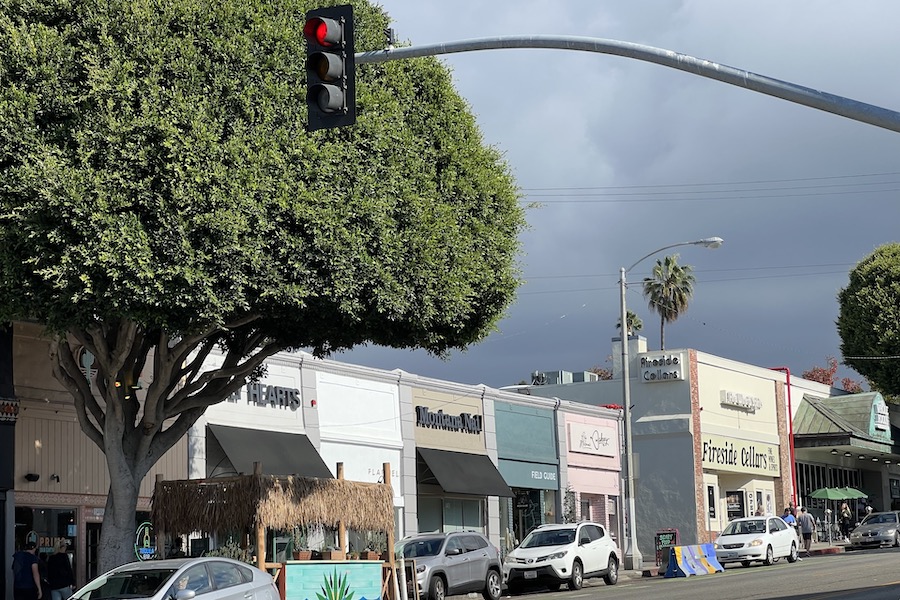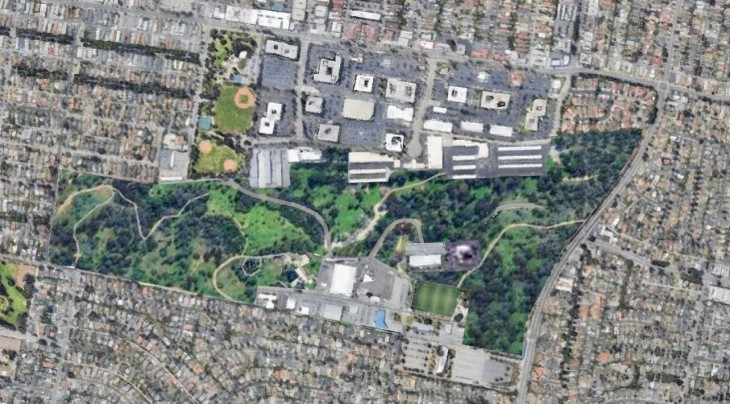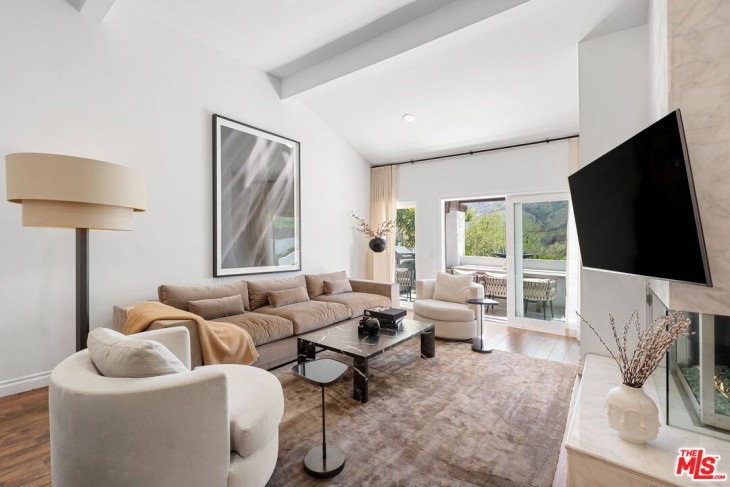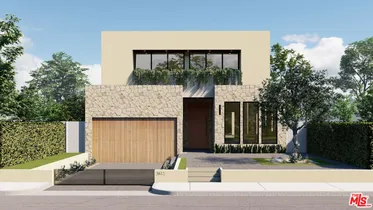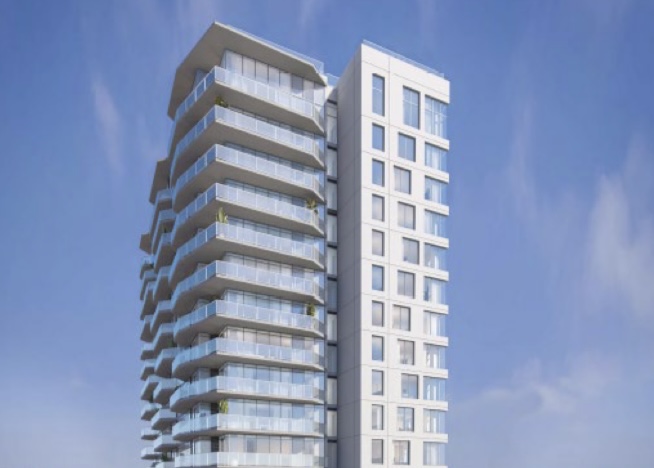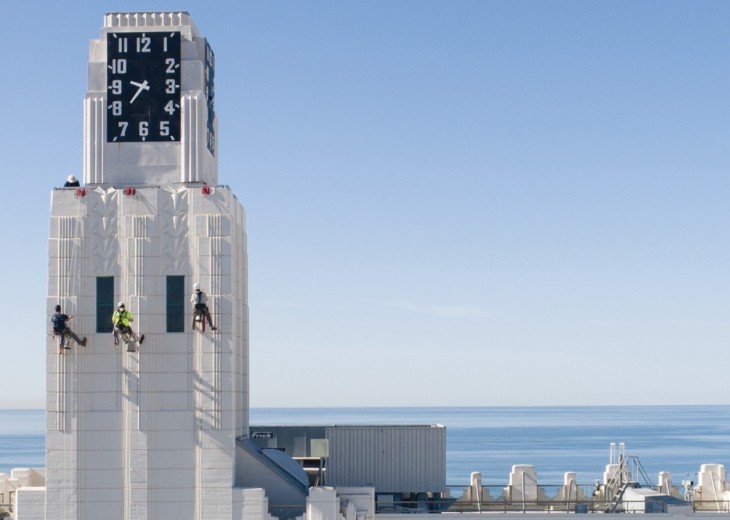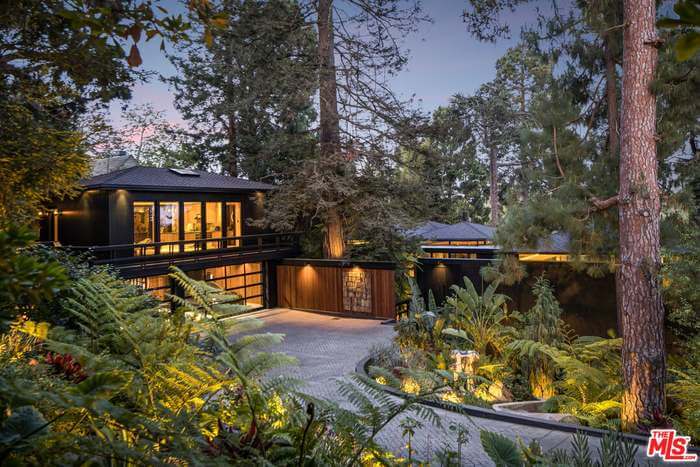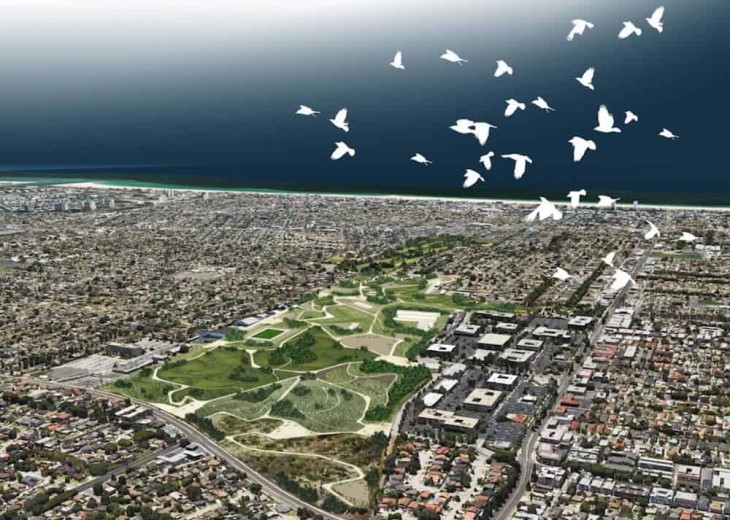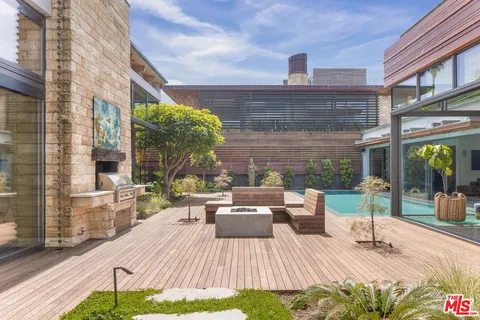
Your City is busy rewriting much of its zoning code to implement our new Housing Element as demanded by the State of California. That laborious rewrite has been going on for months because every line in our zoning code has to be squared both with the decisions made in the Housing Element and with the dozens of new interactive state laws dictating exactly how the City must operate. That Housing Element, which mandated an addition of about 9000 new housing units in the next eight years (about a 20% population increase), involved a massive up-zoning of all the boulevards and some avenues, the Downtown and the Bergamot area in addition to allowing up to 6 units on existing single-family lots among other changes. This is a transformative change to our City’s character and quality of life.
In the rush to get the Housing Element approved by the State, the City did not have time to study all the implications and adjust for secondary effects of such a transformation. Some obvious conflicts were noted for example, the traffic increases, or the inability to meet our water neutrality goals or the conflict with the State’s 2045 carbon neutrality goals, or the mystery of where all the wealthy renters and buyers of all this new housing would come from when the State lost more than half a million people between April 2020 and July 1, 2022 (the interval when the Housing Element was being prepared)? But with the fine-grain rewrite of the Zoning Code, we can see places where the Housing Element can be improved to mitigate those conflicts without altering its essential character.
Preserving the Neighborhood Commercial (NC) zoning
One area where we can improve the Zoning Code is to avoid up-zoning all the commercial districts uniformly, but by preserving some as is because of the unique role they play in our City. Specifically, preserving the NC Zone which is a low rise Neighborhood Commercial zone with a current base height of 32’ but is now set by the new Housing Element to balloon up to 50’-65’ in base height for housing projects (State required bonuses would also allow up to an additional 33’ in height for 100% affordable housing projects!). This NC Zone is found primarily scattered on Pico Blvd. (Euclid to Centinela), on Montana Ave (7th to 17th), on Ocean Park Blvd. (16th to 18th and 25th to Centinela) and on Main Street (Bay to Pier Ave.). The neighborhood serving NC Zones encourage walk in and bike ride in customers from the adjacent neighborhoods.
Jane Jacobs, a famous American urbanist, in her book The Death and Life of Great American Cities, accurately describes the role of these neighborhood serving businesses in existing buildings:
“But the unformalized feeders of the arts–studios, galleries, stores for musical instruments and art supplies, backrooms where the low earning power of a seat and a table can absorb uneconomic discussions–these go into old buildings. Perhaps more significant, hundreds of ordinary enterprises, necessary to the safety and public life of streets and neighborhoods, and appreciated for their convenience and personal quality, can make out successfully in old buildings, but are inexorably slain by the high overhead of new construction.”
Not the time to destroy local serving businesses
The last nine words are critical: “are inexorably slain by the high overhead of new construction.” In other words, the new Zoning Code’s incentivizing demolition and construction of new housing projects in the place of these existing neighborhood serving businesses means they will disappear, and their ground floor spaces will inevitably be filled by very high-priced new businesses to the detriment of the adjacent neighborhoods (if they are replaced at all since the new Zoning Code does not even require ground floor commercial uses on Pico or Ocean Park). The old businesses will be gone never to return because they cannot match the new doubled and tripled rents charged by the new construction. This up-pricing is expected on the major boulevards (Wilshire etc.) and the Third Street Promenade which are regional draws for major corporate chains but are unnecessary and often unprofitable in the smaller neighborhood serving areas such as the NC zoning. These new higher priced businesses will for the most part cater to new wealthy residents, but not long-time Santa Monicans who we are directed not to displace.
Furthermore, with the approach of what seems to be a recession (caused by interest rate spikes), and the global disarray of retail businesses (caused by online shopping), and the known difficulty of hiring to keep restaurants alive; now is not the time to wipe out any existing businesses. We already lose too many beloved legacy businesses to “natural” turnover, e.g. the Pioneer Boulangerie, the 18th Street Cafe, Busy Bee Hardware, Evett’s Model Shop, just to name a few. I’m sure you have your own lost favorites. But imagine the bloodbath of local businesses when the new Housing Element places development on steroids.
Finally, these small businesses in lower-rent existing buildings not only give employment to a wide variety of workers, eg high school/college students, but also form a source of cheaper rental spaces for start-up businesses which are especially valuable for under-served and under-represented minority entrepreneurs.
Affirmatively Furthering Fair Housing (AFFH)
One of the Housing Elements goals is to increase diversity of race and income levels among other variables in parts of the City that have not been historically diverse or historically have not had a lot of affordable housing. As it turns out the neighborhoods flanking these streets are extremely diverse. For example, the neighborhoods next to Pico Blvd. and Main Street have a substantially diverse population with a high and diverse mix of housing types and costs. The Ocean Park neighborhood has 4684 rent controlled units (17% of the entire City’s total) including 170 deed restricted affordable senior units. 35% of students going to John Muir, Ocean Park’s local elementary school (a Title 1 school indicating a high poverty area), are at or below the poverty line and 60% of the students identify as nonwhite. Main Street also has many historical buildings that would be endangered by up-zoning its NC lots, while the City owned parking lots immediately west of Main Street are already slated for 600 units of affordable new housing.
Meanwhile the Pico Neighborhood flanking Pico Blvd. is the home of the most racially diverse and low-income residents of Santa Monica who rely on lower priced services along Pico. As such, it is at the most risk of gentrification and its attendant displacement because developers always seek the cheapest land for new construction.
Montana Avenue is flanked on the south by the highest number (6012) of rent controlled units in the City along the area between Montana and Wilshire; while the area north of Montana is where the greatest number of Accessory Dwelling Units are likely to be built on those large R-1 lots providing potentially more lower cost housing then has been historically in that area. Finally Ocean Park Blvd serves Sunset Park which has more apartments (3309) than single family homes (2634). Will Rogers, Sunset Park’s elementary school (another Title 1 school), is very diverse with 45% hispanic, 39% white, 9% black, and 13% other race/ethic group students.
Just the cursory review of the neighborhoods noted above shows that the NC zones already serve very diverse populations in many different housing types and income levels so there is no need to up-zone their NC streets to meet the goals of affirmatively furthering fair housing. Thanks to a State wide robust incentive program for 100% affordable housing, those projects could still feasibly go forward without any NC up-zoning. We absolutely need more affordable housing units to balance the gentrification resulting from the flood of market rate units heading our way.
But the elimination of low-cost services, by up-zoning their NC districts would make it harder for many residents to get lower or stable cost services, making life harder for both existing and new residents particularly those at the lower income levels. In other words, the Housing Element’s massive housing increase, particularly when 2/3 (6000 units) of that new housing are mandated to be affordable, should not be entertained without considering an equivalent massive increase of neighborhood affordable services to those same residents. The best way to provide those needed service increases is to not destroy existing businesses in an unnecessary up-zoning. Finally remember the existing NC zoning still allows housing over business, just not as much as the current upcoming proposals.
Time to Act is Now
The Planning Commission has asked the City Council to submit an application to the State of California to formally modify our approved Housing Element to make it more attuned to our actual City neighborhood needs. This is a small change with big community benefits. The potential loss of new units by not up-zoning the NC will be compensated by a slight up-zoning already proposed north of Bergamot station. The the Planning Commission has already recommended up-zoning of that compensatory area. Asking the State to approve a modification to an already approved Housing Element is not done lightly, but a Housing Element is not cast in stone. It has built in the ability to be modified, but the modification must be done with the State’s approval and in a timely manner to avoid penalties. A balanced properly submitted request for amendment will not risk our existing compliance and will not result in any more wild “Builder’s Remedy” projects to be submitted as those opposing this idea threaten. Therefore, City Council should, at their meeting on February 14 (Valentines Day a perfect time to give the City a lovely gift), begin the process of applying for this Housing Element revision. If you want to preserve the businesses often within walking distance of your home, please encourage your neighbors to ask the Council to support this modification to preserve the NC zoning as is.
BY Mario Fonda-Bonardi AIA
For for SMa.r.t. (Santa Monica Architects for a Responsible Tomorrow)
Dan Jansenson, Architect, Building & Fire-Life Safety Commissioner; Mario Fonda Bonardi AIA, Planning Commissioner; Ron Goldman, Architect FAIA; Robert H. Taylor, Architect AIA: Thane Roberts, Architect; Samuel Tolkin Architect & Planning Commissioner;.; Michael Jolly, AIRCRE santamonicasmart@gmail.com

